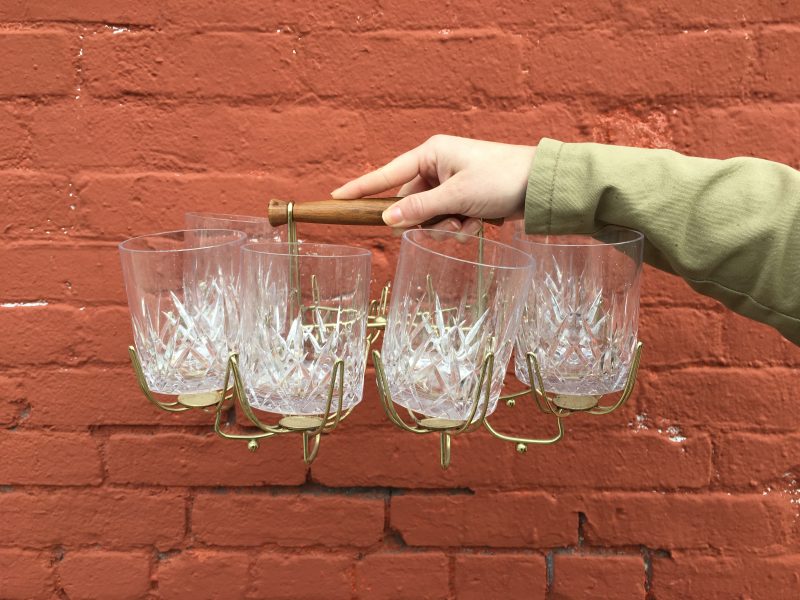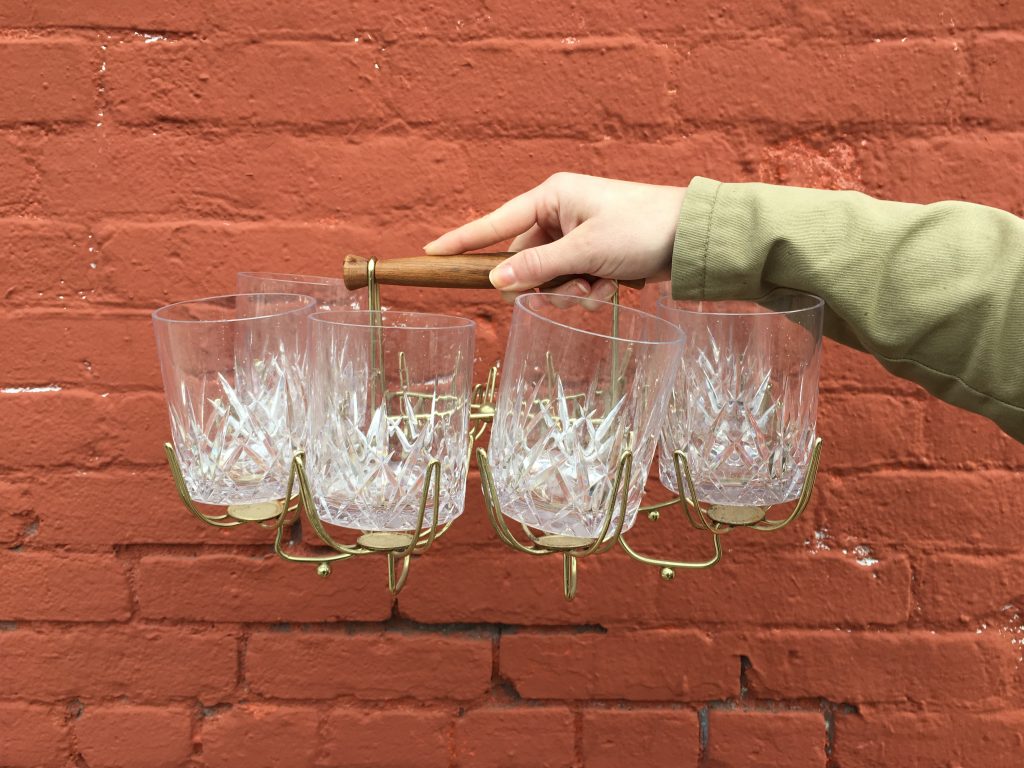Wait! This is a bous for a reason. Did you already read part one and part two of our flea market series?
Hold and Deliver.
Most dealers are willing to hold large items for you while you continue shopping and bring “sold” labels so everybody else knows the Heywood Wakefield headboard is spoken for. It is expected, however, that you will be able to take your items out of the booth before the vendor starts packing and can provide transportation yourself. If you plan to buy furniture, then it’s best to arrive in a large enough vehicle because very few vendors offer delivery and then it will certainly include a fee.
Can’t Live without it.
If you find something and know you love it, buy it now. Every flea market is rife with “I can’t believe it got away” moments that could have been easily avoided. Someone else might buy that turquoise Blenko vase you decided to come back for later.
Haggle.
It’s an art form, it’s nerve-racking and dealers absolutely expect it. You won’t find many price tags, so it’s best to find the booth’s owner and ask for the price. Some will mention right away how much they were asking in the morning; how much they’re asking now and whether or not they’re open to offers. Others will wait for you to make the first move.
The first price you’re given and the amount the dealer is willing to sell for are almost always two different things. Dealers work out a buffer of around 10-20% that they’d be willing to negotiate. They may be more generous if you buy several items or if you’re a repeat customer.
R-E-S-P-E-C-T.
There are any number of reasons why a flea market dealer would decide to lower a price for you. Maybe it’s the end of the day and he or she wants to sell whatever possible before packing. Maybe he likes the band on your shirt or your canine companion is really cute. Most likely, however, it’s because you’ve been delightfully kind and one good turn deserves another.
Greet vendors with a smile and a “hello,” keep bags from swinging loosely and only inspect items you actually consider purchasing. Small talk about the day’s weather and compliments for the overall look of the booth are usually good conversation topics while you browse. If you choose to leave and not pursue an item, put it back the way you found it and say, “thank you” on your way out.
If you find something you like, ask about the price. If you know an item to be worth quite a bit more than the asking price, then it’s best go for it without making the dealer think too much about the object’s value. If the cost is over what you would consider paying, you can either ask “is that your best price?” or counter with a reasonable number that is within the 10-20% range mentioned above. Usually, this will be accepted, cash is exchanged, and everybody moves on.
Be up honest about your budget. If you can’t afford something, don’t be too shy to say so. You can mention that you only have X amount of cash on you and thank the vendor for their time. They may work with your price to make a sale, but it’s just as likely that they will not. Either way, this method does not insult the quality of their merchandise or the reasoning behind their prices.
Practice Makes Perfect.
The more frequently you do something, the better you will get at it—and it is the same with the flea market. You will start to recognize the regular vendors who give good deals, become adept at the art of negotiation and find more ways to enjoy the flea market shopping experience.













